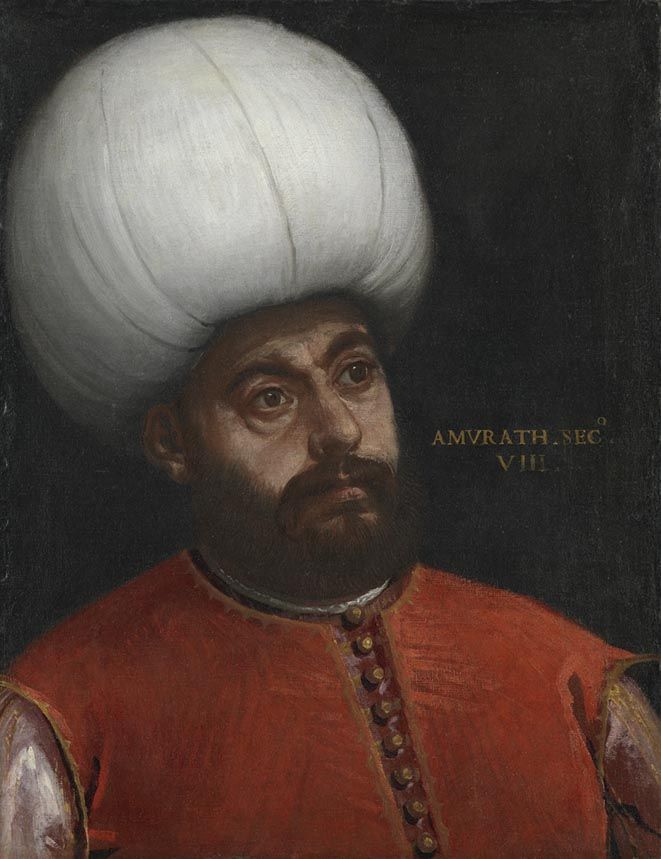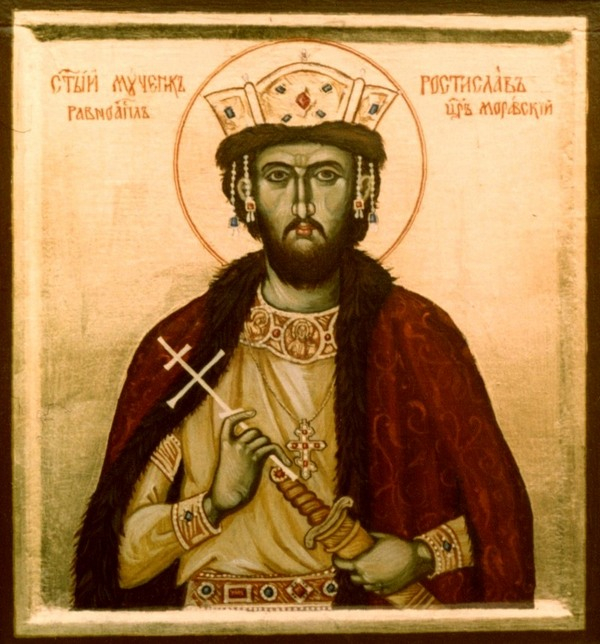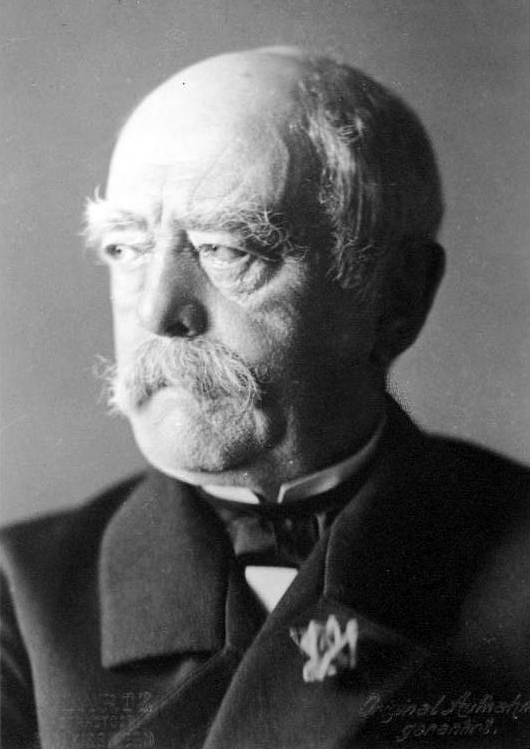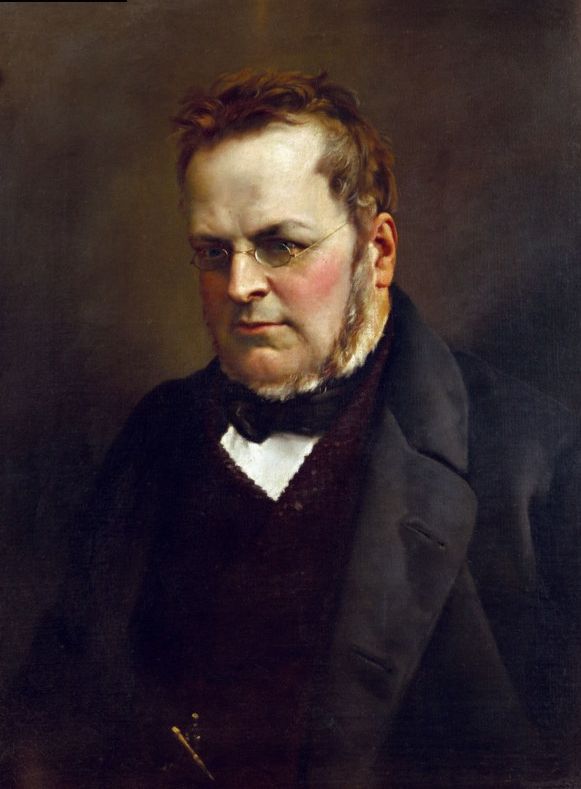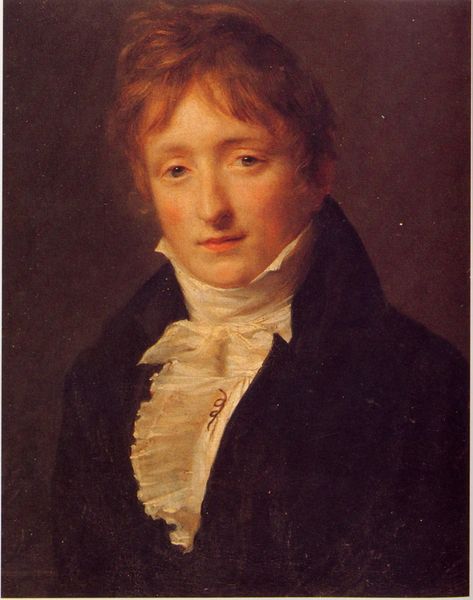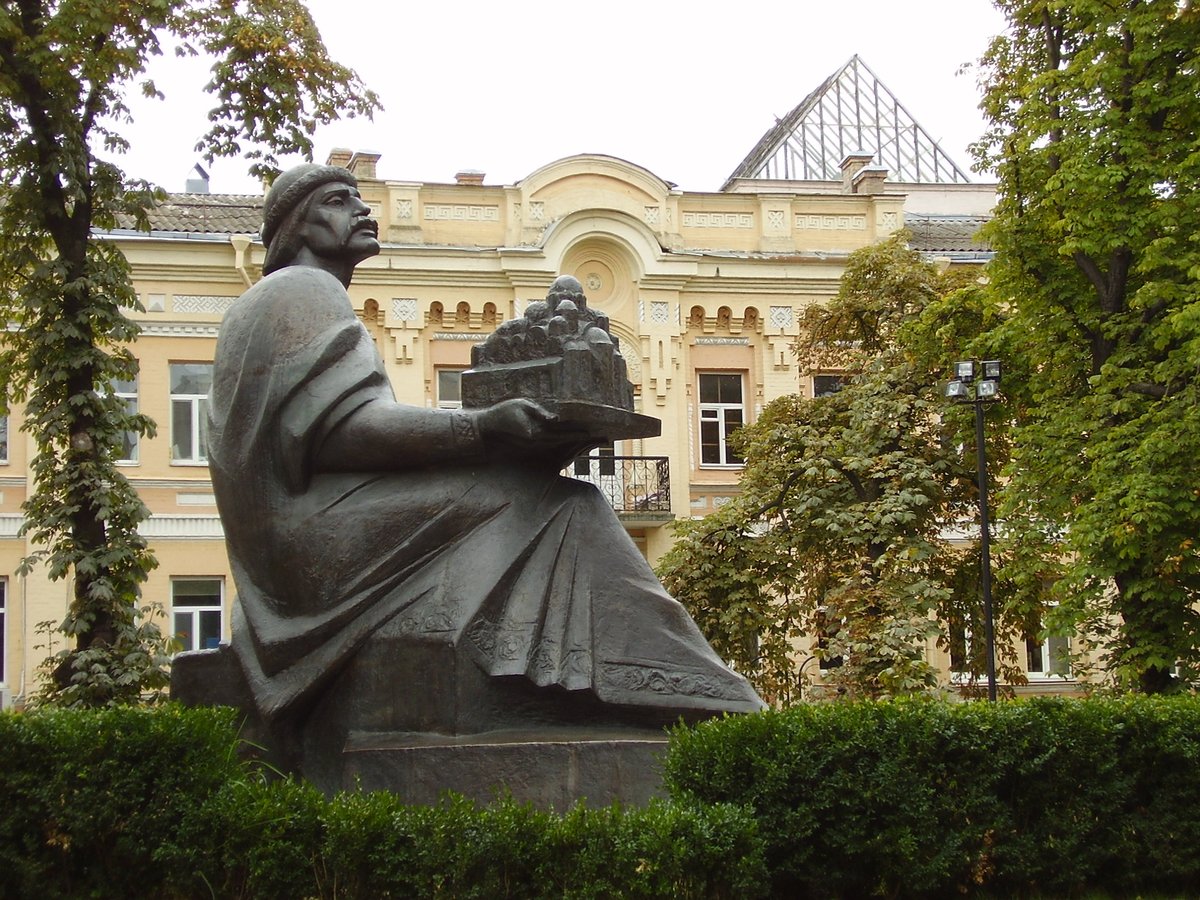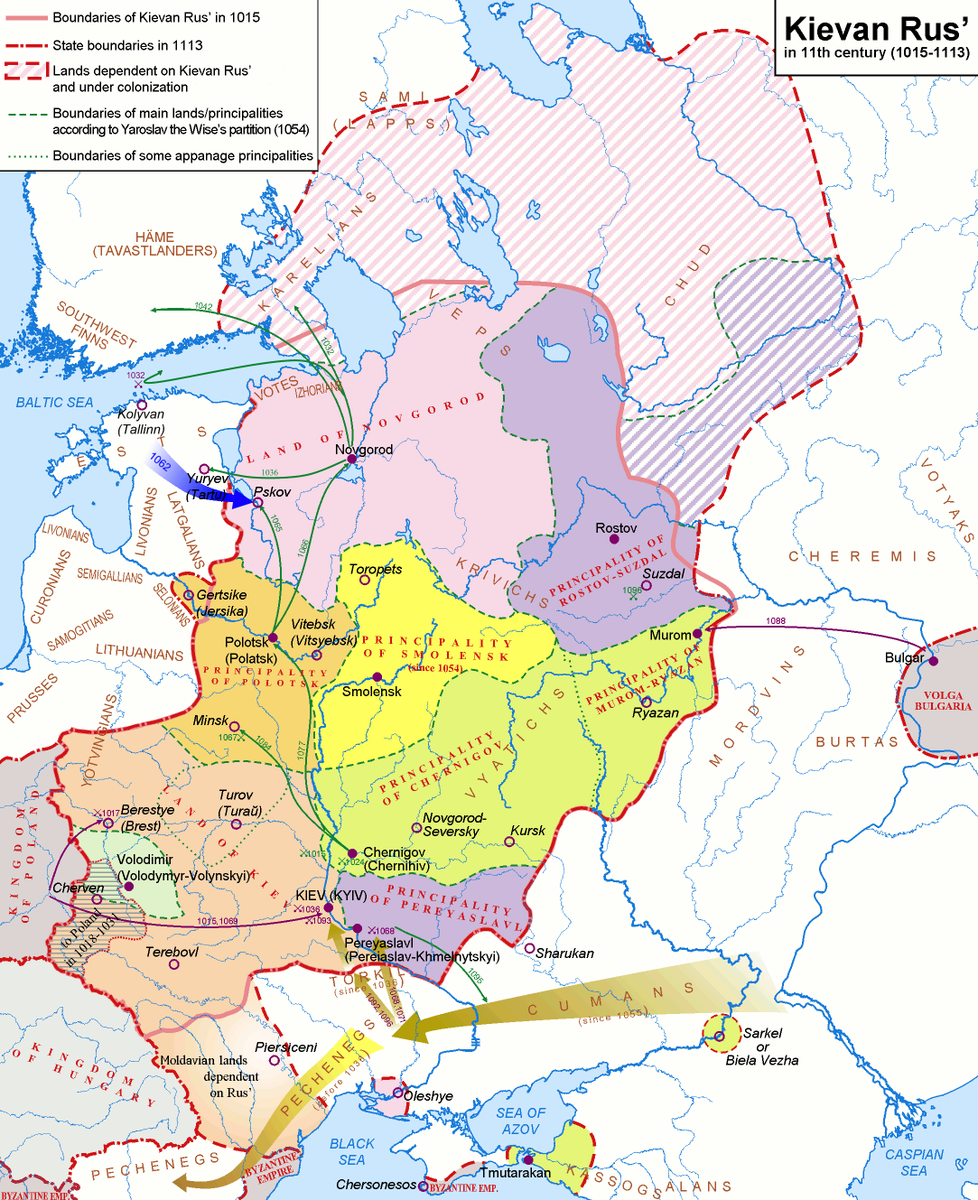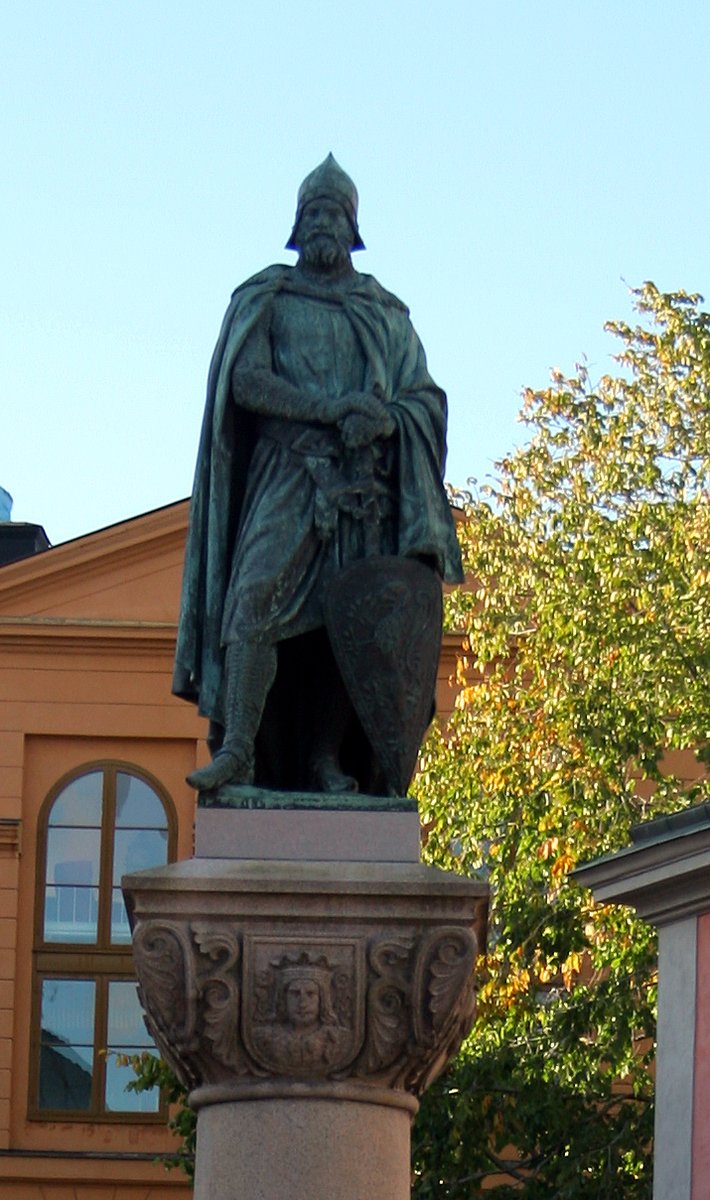An unfortunate death leaves a King without an heir. An election gives a new King, one who was never considered for rule. A great nation begins its long slide into obscurity.
Story in the evening ...
Story in the evening ...
https://twitter.com/Arby_K/status/1410788443051892744
Jan Kazimierz Vasa was born in 1609 to Sigismund, King of Poland and Grand Duke of Lithuania, and Konstanza of Austria. He had an elder half brother, Władysław, who was elected the Tsar of Russia in 1610, but his father's Catholicism and Russian Orthodoxy did not match. 1/10 

The Polish-Lithuanian Commonwealth was at its greatest extent in 1619, but things were not entirely rosy. Russia had pushed back the Polish after 1613 and elected a new Tsar. While Sigismund was at war with the Ottomans, Sweden invaded Poland capturing Riga and Livonia. 2/10 

Jan Kazimierz was too young at the time, but his brother, Władysław, fought in their wars against the Russians and the Ottomans. In 1632 when King Sigismund died, unsurprisingly Władysław was elected as the King of Poland and Grand Duke of Lithuania. 3/10 

Soon, Jan Kazimierz got his opportunity to prove his mettle in battle, defending Smolensk against an attempted conquest by Russia. He also joined the Thirty Years War fighting for the Habsburgs. His other brothers, Jan Olbracht & Karol Ferdinand, had both joined the Church. 4/10 

While on his way to Spain in 1638, Jan Kazimierz was captured by French forces and imprisoned. It would take 2 years for him to be freed. Around this time, Władysław's son, Zygmunt Kazimierz, was born. Soon, Jan Kazimierz followed his brothers and became a Jesuit priest. 5/10 

The Pope made Jan Kazimierz a Cardinal. The young prince, Zygmunt, died in 1647 and his brokenhearted father soon followed the next year. Jan Kazimierz left the Church in 1647 and stood in the election for his brother's successor. 6/10 

After his successful election, Jan Kazimierz had to deal with a rebellion by the Cossacks in Ukraine. Though the initial uprising could be controlled, it only led to the Cossacks seeking Russian support. Swedes yet again saw an advantage and invaded from the west. 7/10 

The Swedish intervention led to a larger protracted battle with more nations joining in. In return for military support, Prussia, which was part of Poland before the war, became an independent state by the time war ended in 1660. 8/10 

The war against Russia continued though and would lead to more losses in the east with Smolensk, Chernigov and Kiev falling to Russia. The war would be formally over in 1667 with the Treaty of Andrusovo. Jan Kazimierz abdicated the next year. 9/10 
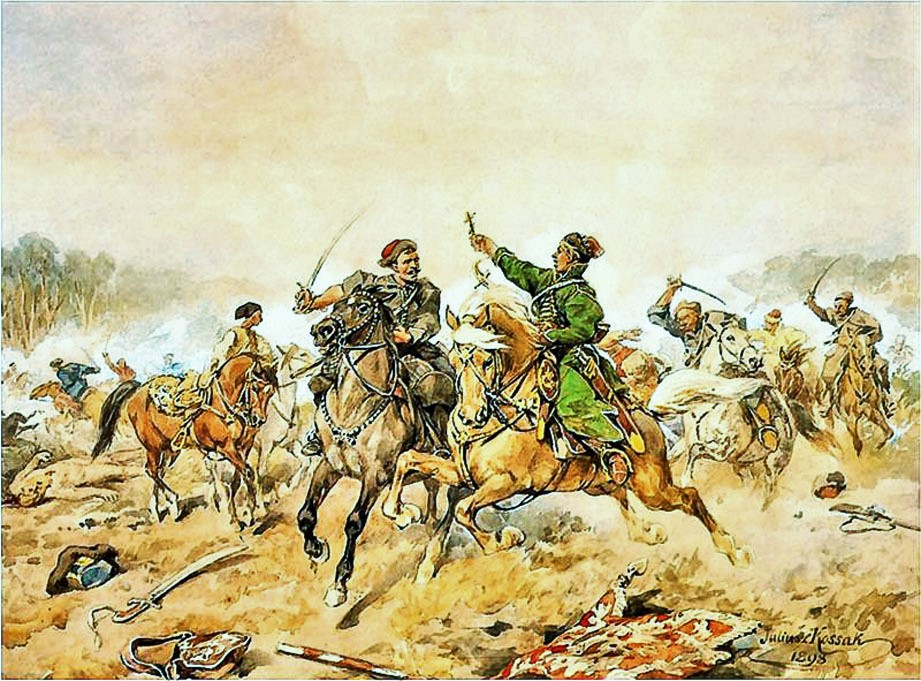
After his abdication, Jan Kazimierz retired to France where he became an abbot. Michał Wiśniowiecki was elected as the new ruler of the Commonwealth and would have to face even more invaders and setbacks during his short reign. 10/10 

• • •
Missing some Tweet in this thread? You can try to
force a refresh


